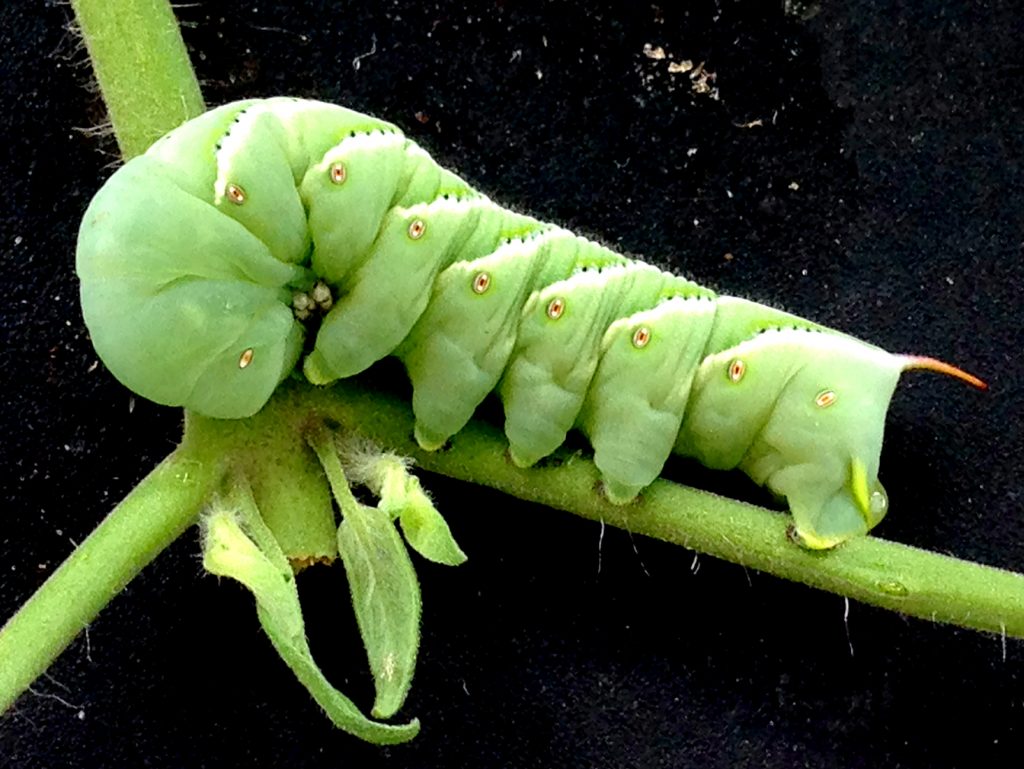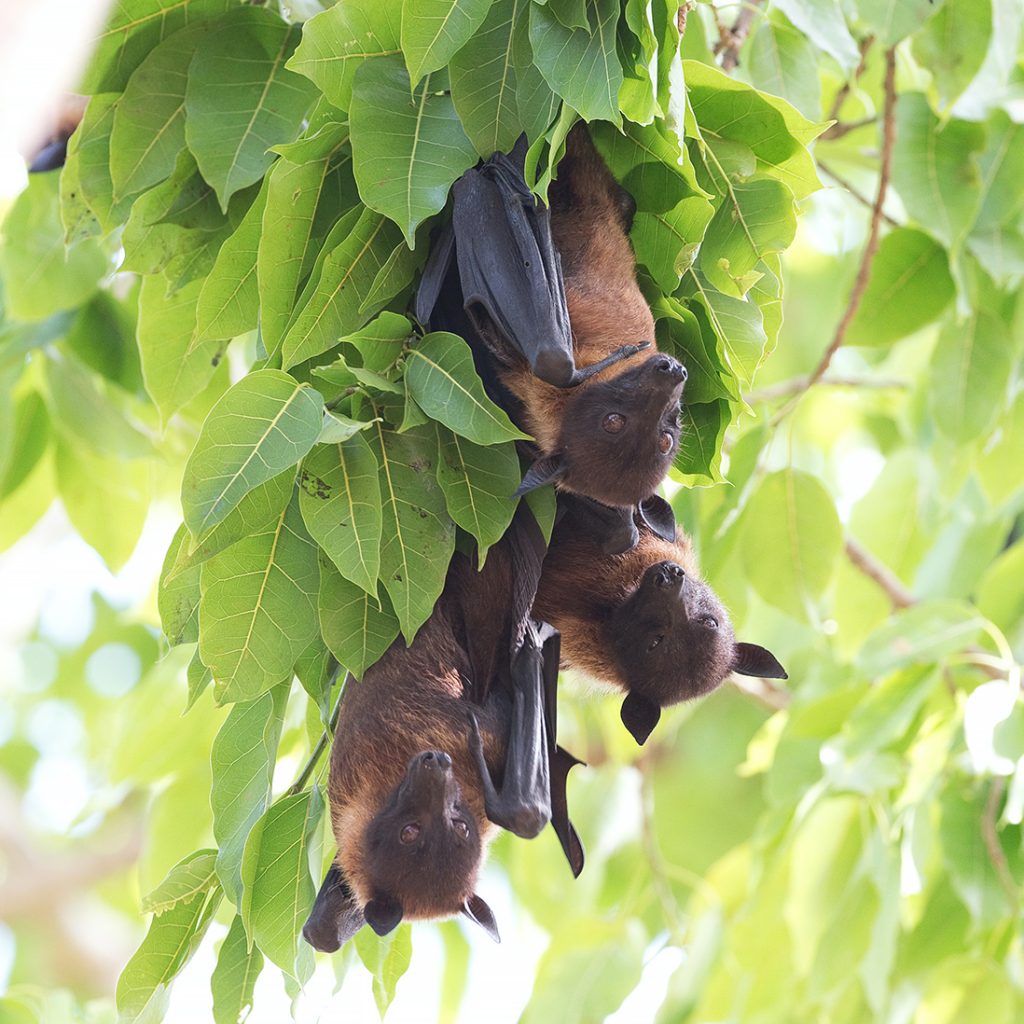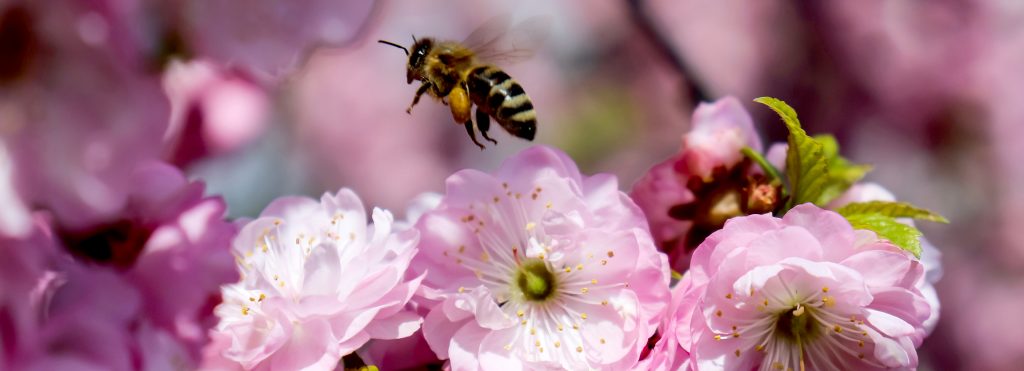Issue 4 – mid Rio Grande Times – June 2021
Collaborators: Anita Amstutz, Judy Avila, Sue Brown, Ham Brown, Sherri Burr, Ken Gingerich, Esther Jantzen, Adrienne Jones, Deb Scott, Axel Tarbox

Issue 4 – mid Rio Grande Times – June 2021
Collaborators: Anita Amstutz, Judy Avila, Sue Brown, Ham Brown, Sherri Burr, Ken Gingerich, Esther Jantzen, Adrienne Jones, Deb Scott, Axel Tarbox

Pesticide is an overarching term meaning a compound which kills fungus, bacteria, insects, or weeds. Insecticides target insects while herbicides target weeds. In this article, we address two pesticides, glyphosate and neonicotinoids, that have widespread deleterious effects on humans and ecosystems. Manufacturing of these pesticides continues unabated, with profits soaring while plant, animal, and insect life are plummeting. At the end of this article, you’ll find recipes for natural pesticides you can make yourself.
Monsanto brought the herbicide glyphosate (found in Round Up and 750 other products) to market in 1974. In 2015, the World Health Organization commissioned a study of glyphosate. Scientists from eleven countries reviewed a growing body of literature and came to the conclusion that the herbicide was a probable carcinogen with a strong link to non-Hodgkin lymphoma. They also found evidence that it causes DNA and chromosome damage in humans. Now many countries in Europe have banned glyphosate use.
Glyphosate also may be implicated in the global drop in bee populations. Ninety percent of our food crops are pollinated by bees. Bee numbers have decreased in the U.S. by 60% and in Europe by 30%. One of the suspected causes is that glyphosate is toxic to enzymes found in the stomachs of bees. When the microbiome of the bee’s stomach is weakened, the bee becomes more susceptible to disease and premature death.
Pesticides with neonicotinoids were first marketed by Bayer in the 1990s; today, neonicotinoids are the most widely used class of insecticides world-wide. They are also having a devastating effect on bees and other beneficial insects. When sprayed on plants, neonicotinoids are absorbed by the plant and then contaminate the pollen and nectar. Harmful levels can remain in the environment for months. Neonicotinoids cause queen bees to be infertile and also causes difficulties in flight and brain function. The European Union banned the use of three neonicotinoids and are monitoring beehive numbers and health. In the U.S., Fish and Wildlife banned their use in Wildlife Refuges, but this ban was rolled back by the previous administration. During the 2021 New Mexico legislative session, Senator Mimi Stewart introduced a bill which would have provided some protections from exposure to neonicotinoids, but the bill did not pass.

Most insects have a beneficial role in nature, especially pollination, and most plants are beautiful or edible. We want both insects and plants; their survivals are intertwined with our needs. An example of the insect/plant relationship in our watershed is the tomato worm, the hawk moth, and the Sacred Datura plant. In one night, the big, green, juicy caterpillar can denude four or five branches of a tomato plant. This larvae stage metamorphosizes into pupae and then the hawk moth. With a nearly four-inch wingspan, this giant moth is the only pollinator for the Sacred Datura, also called Jimson or Loco Weed. The latter is used globally for medicines and purposefully cultivated in Germany, France, and parts of South America to treat various illnesses such as asthma, hallucinations, toothaches, and even dandruff. If you discover a tomato worm and there are white spikes coming out of its body, a parasitic wasp will have already laid its eggs, and soon the worm will be eaten by the wasp larvae. No need to do anything! In fact, the soon-to-hatch wasps will clear out the rest of your tomato worms. However, if the tomato worm doesn’t have white spikes, you might want to kill the caterpillar; after it finishes your tomatoes, it will move on to your eggplants and peppers.
Continue reading
Bats probably originated in North America and have lived in the mid Rio Grande watershed for millennia. Half the species of bats found in the United States make New Mexico their home either for the summer or year-round.
Since bats are nocturnal, we humans don’t often see these mammal neighbors. They are busy sleeping the day away in caves, under the eaves of our homes, in rock crevices, and even in tree cavities. At night, thousands emerge, searching for flower nectar (especially agave) and insects. A bat can eat 3-5,000 insects each night, making them very helpful to our ecosystem.

Evening or vesper bats are a large family of bats; the ones found here are commonly called little brown bats or simple nosed bats. As they make their way through the night sky, they use echolocation, emitting signals from their mouths to judge distance to insects or objects. Other species of bats emit the sounds through their long noses.
The movies portray bats as vicious and scary, causing people to develop chiroptophobia (fear of bats). Since bats are peculiar looking, many with big ears, teeth, and long noses, it is hard to convince the public that they are a very peaceful species of animals. Indeed, a mother bat has maternal instincts and will nurse her young for two months. While an occasional bat in New Mexico has been found to have rabies, it is rather rare considering millions of bats are estimated to live here. The population of bats however is being threatened by a fungal disease called white-nose syndrome which recently showed up in caves in southern New Mexico.
Continue reading
Bees have a special place in my heart. I have apprenticed myself to their wonder and magic for over 10 years. It’s time to hear a word from the bees who I have been sitting shiva with for many years as they have been dying in great numbers.
Around the world, bee species are in decline at the rate of 40%. This should sound the alarm for us as humans, since bees contribute to 1 in 3 bites of our favorite foods and pollinate 85% of all flowers, fruits, nuts and seeds in our eco systems. They have been called keystone species because their survival is linked to the survival of all species— including humans.
Some have called me a bee whisperer. But, I am quite sure that it is the bees that whisper their secrets to me. So what do the bees tell me these days??
The bees tell me that they have already suffered their COVID 19 pandemic. In 2006 the honeybees mysteriously began to die. It was dubbed “colony collapse,” due to the agricultural importing of the Varroa mite. This menace clings onto the bee’s fat body, deforming and sucking out its life juices. Mites eventually destroy the hive’s immune system over time. But the bees have learned how to adapt and evolve new ways of bee-ing in a world with Varroa mites. They teach us that we need to strengthen Mother Earth’s immune system, and preserve boundaries between human and nature, if we are to survive the viruses yet to come. We must quell our need to exploit every living system. Leave the wild alone and enhance healthy zones of nature in our cities and towns and they tell me more…..
Continue reading